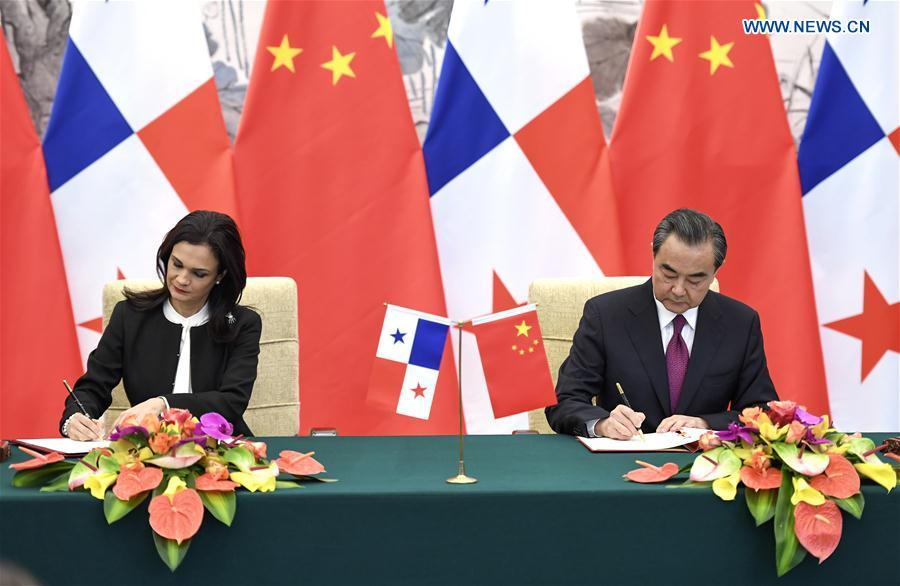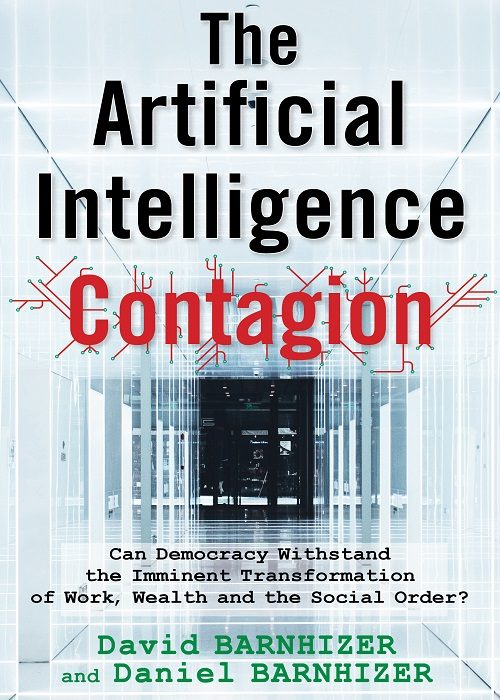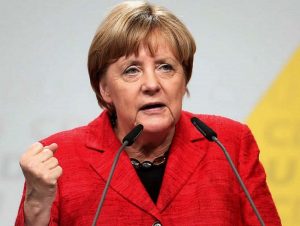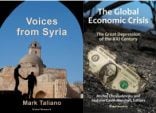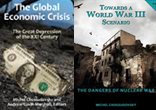Why the U.S. Labeled Iran’s Revolutionary Guards a Terrorist Organization
May 10th, 2019 by Prof. Ismael Hossein-Zadeh
It can be readily demonstrated that the proffered U.S. justifications for labeling Iran’s Revolutionary Guard Corps a terrorist organization are no more than hare-brained excuses designed to put further pressure on the Iranian people in pursuit of its long-standing policy of regime change from within. Indeed, it can reasonably be argued that, in light of the fact the U.S. has repeatedly terrorized many peoples and nations in various parts of the world, its designation of Iran’s Revolutionary Guards as a terrorist organization represents an ironic case of the pot calling the kettle black.
Considering the fact that between 25 and 30 percent of the Iranian economy is owned and/or operated by the Revolutionary Guards, sanctioning of the organization’s economic activities, especially its foreign trade, is bound to further depress Iran’s economy and, hence, its people’s living conditions.
Combined with the economic mismanagement of President Rouhani’s administration, the U.S. economic war on Iran has provided fertile grounds for discontent and anger among the masses of the Iranian people who suffer from the crushing impact of U.S. sanctions, on the one hand, and the Rouhani government’s economic mismanagement, on the other.
In pursuit of its long-standing strategy to bring Iran back into the orbit of its client states in the region, the U.S. has consistently employed two destabilizing tactics. The first is to exert enough pressure on Iran to force its rulers to submit to its will and stop resisting its geopolitical designs in the region. This is called “behavior change without regime change.” The second tactic, applied in case of the failure of the first, is to wield enough economic pressure on the Iranian people to incite them to rebellion in pursuit of regime change from inside.
With varying degrees, this “regime-changing” scheme has been in the works ever since the 1979 revolution that ended the rule of the compliant U.S. ally Mohammad Reza Shah Pahlavi in Iran. So far, it has not succeeded. Whether it would succeed in the future or not, depends largely on the continued support of the Iranian people of their country’s ruling powers. That support, in turn, depends mainly on how soon and how effective an uplifting economic reform can be brought about in Iran—an economic overhaul that would improve the living conditions of the people and, thus, earn their support for the ruling circles.
It is crucially important that, in this context, the ruling powers in Iran draw an instructive lesson from the tragic demise of the Soviet Union: military power alone is not enough to withstand the unrelenting imperialist assault; equally (or more) important is an economically-satisfied and, therefore, supportive population.
Iran’s own experience of the 8-year war with Saddam Hussein’s Iraq can also be instructive in this regard. Because of the extensive social safety-net, or welfare, programs of the time, and because of a strong sense among the Iranian people that the relatively uncorrupted revolutionary government of the time served their interest, they wholeheartedly threw their support behind the government, thereby preserving the unity and sovereignty of Iran against Saddam’s aggression and his powerful backers.
The ruling circles of Iran cannot and should not take that exemplary support for granted; they have to earn it. That strong support and the legendary sacrifices of the time in terms of blood and treasure have in recent years been dwindled; but it can be restored if the widespread waste, embezzlement and misuse of national resources is curtailed, the living conditions of citizens are improved, and people’s faith in the ruling powers is reinstated.
Contrary to U.S. claims that designation of Iran’s Revolutionary Guards would disrupt their activities and weaken their power, the designation is bound to further strengthen the power and influence of the Guards, as they would logically try to redouble their efforts to maximize their readiness capabilities in the face of U.S. threats. Such a defensive reaction to aggressive actions of U.S. imperialism is both logical and universal: it is not just Iran or its Revolutionary Guards but any other country or military force that is threatened by an aggressive foreign power is bound to reinforce its defensive capabilities. Indeed, this explains why U.S. wars of choice and militarism have led to globalization of militarism. Like Iran, many countries ill-afford to divert their precious financial resource from social to military spending. But they are often forced to do so in order to preserve their sovereignty in the face of persistent imperialistic aggressions.
Sadly, this vicious circle of persistent imperialist aggression, the defensive military spending of the targeted nations, and the consequent globalization of militarism, fits well with the nefarious interests of the U.S. military-industrial-security-intelligence complex—as well as with the interests of major banks and financial conglomerates that finance war and military spending. The wicked interests of this complex lie with the invention and/or creation of enemies and, therefore, with persistent wars and military adventures; as this would justify continued escalation of the Pentagon budget, on the one hand, and continued escalation of the sale of military hardware, on the other.
The heavy-handed policy of the United States toward Iran can be better understood in light of this overall imperialistic strategy. The essence of that strategy is control and “management” of social, economic and military affairs of peoples and/or nations of the world. Practical implication of this strategy is that the U.S. cannot countenance socio-economic structures that are at variance with its own model of capitalism. These “undesirable” structures would include not only non-capitalist or centrally-planned economies of the Soviet type but, indeed, any economic model that, like the Social-Democratic economies in Europe, encompass social safety-net (or welfare) programs in favor of the poor and working people.
This policy of safeguarding unbridled capitalist system on a global scale was succinctly described by the late U.S. president Harry Truman. Calling any socio-economic policy in favor of the people undue “regimentation,” President Truman declared (in a 1947 speech at Baylor University) that “regimented economies” were the enemy of free enterprise, and “unless we act, and act decisively,” those regimented economies would become “the pattern of the next century.” To fend off that danger, Truman urged that “the whole world should adopt the American system.” The system of free enterprise, he went on, “could survive in America only if it becomes a world system.”
This explains why, for example, the U.S. is determined to torpedo the socio-economic policies and structures of countries such as Cuba and Venezuela. The capitalist rulers of the United States view such humane, people-centered economic policies inimical to their profit-oriented neoliberal policies of austerity economics—the economics of the survival of the fittest.
It also explains why U.S. imperialism has since WW II overthrown many “undesirable” governments around the world. Some of these governments were ousted overtly by direct military means, such as the overthrow of the democratically elected government of Iranian Prime Minister Mohammad Mosaddegh in 1953, the overthrow of the democratically elected Guatemalan President Jacobo Árbenz in 1954, the overthrow of the government of Brazilian President Joao Goulart in 1964, the overthrow of the democratically elected Chilean government of Salvador Allende in 1973, and many more. Others were toppled by covert operations or fake elections such as the color-coded revolutions of recent years (The Orange Revolution in Ukraine, The Tulip Revolution in Kyrgyzstan, The Velvet Revolution in Czechoslovakia, and more).
It further explains the colossal rise of the U.S. military machine to an unprecedented extent—to the extent that currently it has close to nine hundred military bases around the globe. The gigantic expansion of the military apparatus has, in turn, led to an internally driven, self-expanding dynamics of its own—a process that is driven by the impulse of an ever expanding accumulation of military capital, the notorious military-industrial complex. This is why it can reasonably be argued that U.S. wars, hot or cold, and military adventures are often economic rewards for the beneficiaries of militarism: the military-industrial complex, as well as the big banks that lend money for wars and aggressions. It can also reasonably be argued that profitability imperatives often drive the beneficiaries of war dividends to invent or manufacture enemies and instigate wars and military adventures in order to maximize their nefarious profits.
As long as the Soviet Union existed, the “threat” of communism readily served the purpose of constantly escalating the military budget. Since the demise of the Soviet Union, however, beneficiaries of war dividends have had to discover new “threats to U.S. national interests,” or the interests of its allies, in order to reap the lion’s share of national resource, as well as to extract financial resources from countries that are threatened or coerced to buy U.S. armaments. It is not surprising, then, that the fall of the Soviet Union has given birth to all kinds of “boogeymen” that are invented as substitutes for the “communist threat” of the Soviet era. These perceived, instigated, or manufactured bogeys include global terrorism, Islamic fundamentalism, Al-Qaeda, Taliban, ISIS, and more. Provocative actions and destabilizing policies of the United States against Iran, especially the brutal economic war against that country, can better be understood in light of this background.
All this is a clear vindication of the late President Dwight Eisenhower’s prescient warning that the “military-industrial-complex [may] cause military spending to be driven not by national security needs but by a network of weapons makers, lobbyists and elected officials.”
Military expenditures are ultimately deductions from non-military social spending. Again, as President Eisenhower put it:
“Every gun that is made, every warship launched, every rocket fired signifies, in the final sense, a theft from those who hunger and are not fed, those who are cold and are not clothed.”
Viewed in this light, battlefield victories or defeats of U.S. military adventures here and there are secondary to the overriding goal of inflating war dividends by maintaining permanent war, or threat of war. From the standpoint of beneficiaries of war dividends, the mere persistence or protraction of wars and international tensions are, in and of themselves, deemed victory—not necessarily the battlefield military victory in the traditional sense of war.
Thus, for example, U.S. military operations in Syria may not succeed in accomplishing their stated goal of overthrowing the regime of President Bashar al-Assad. Likewise, its operations in Afghanistan may not succeed in uprooting the Taliban. But to beneficiaries of war dividends such less-than successful military operations are not necessarily defeats or failures. The mere fact of continued war and geopolitical turbulence in those countries (and elsewhere) bring economic gain for these beneficiaries and is, therefore, tantamount to success from their point of view. Of course, this judgment does not apply to military professionals, especially the lower rank personnel who serve as cannon fodder for the heinous interests of the beneficiaries of war dividends. This explains why those who benefit from war and militarism prefer war to peace—hence the aptly sardonic title of the late Gore Vidal’s 2002 book, Perpetual War for Perpetual Peace; or the similarly ironic term “war is peace,” coined by the late George Orwell in his 1948 dystopian novel, Nineteen Eighty Four.
*
Note to readers: please click the share buttons below. Forward this article to your email lists. Crosspost on your blog site, internet forums. etc.
Ismael Hossein-zadeh is Professor Emeritus of Economics (Drake University). He is the author of Beyond Mainstream Explanations of the Financial Crisis (Routledge 2014), The Political Economy of U.S. Militarism (Palgrave–Macmillan 2007), and the Soviet Non-capitalist Development: The Case of Nasser’s Egypt (Praeger Publishers 1989). He is also a contributor to Hopeless: Barack Obama and the Politics of Illusion.

Title: Beyond Mainstream Explanations of the Financial Crisis: Parasitic Finance Capital (Routledge Frontiers of Political Economy)
Author: Ismael Hossein-Zadeh
Publisher: Routledge; 1 edition (April 14, 2014)
ISBN-10: 0415638062
ISBN-13: 978-0415638067
.
.
.


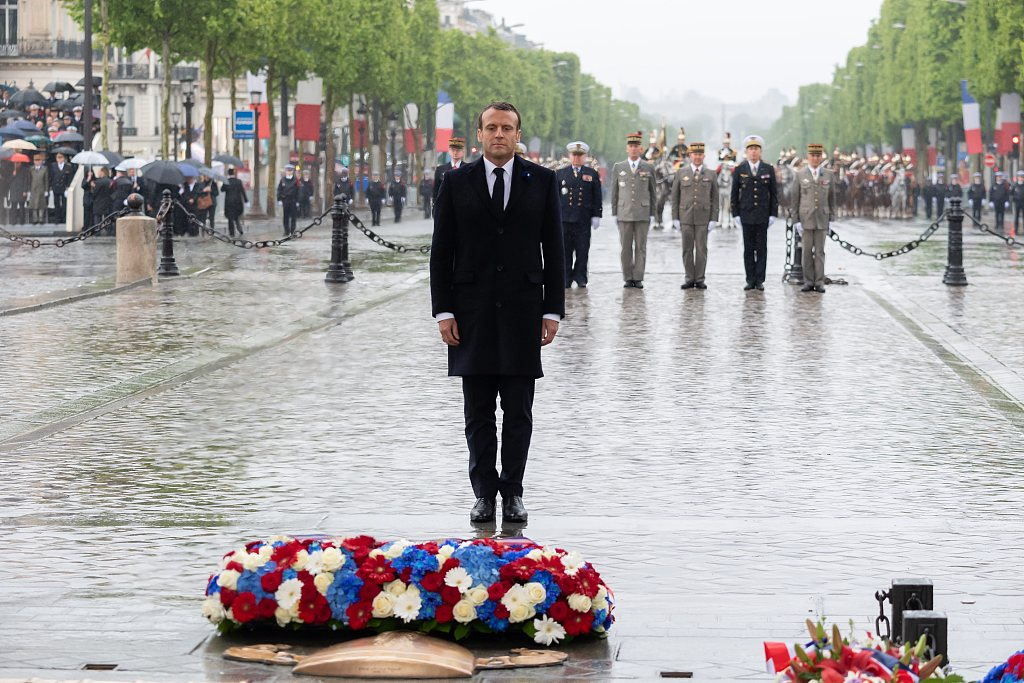
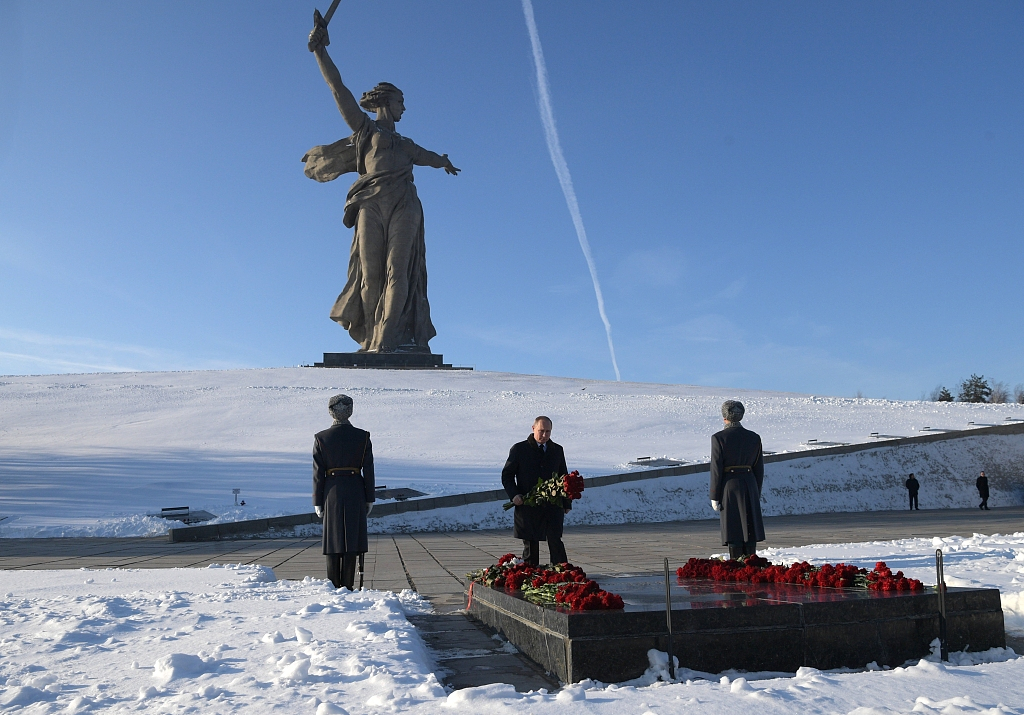




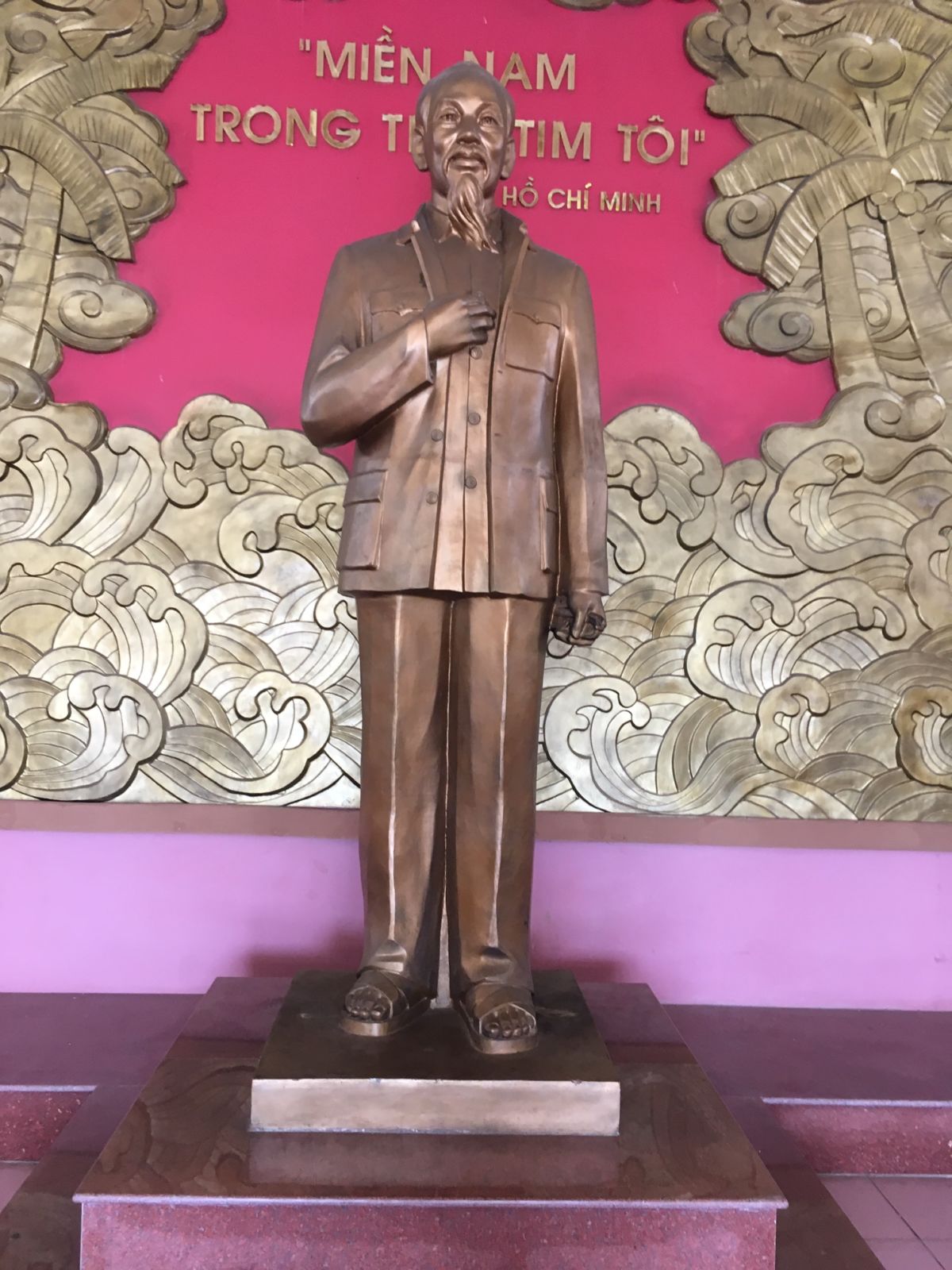


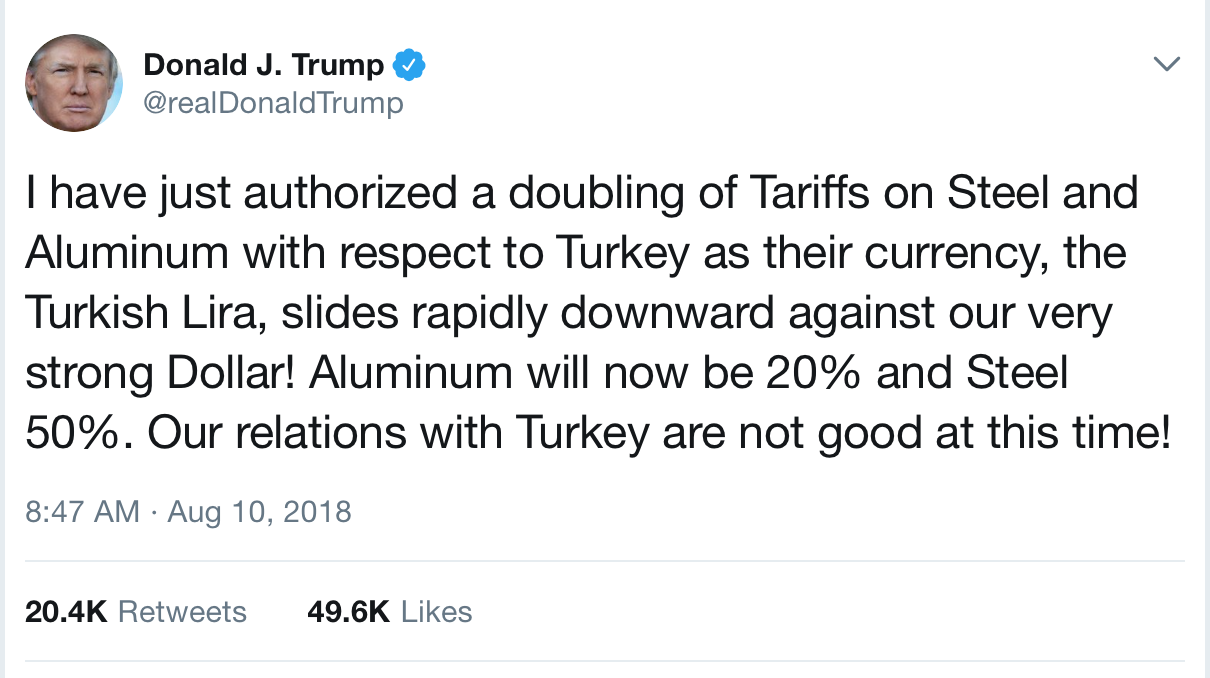
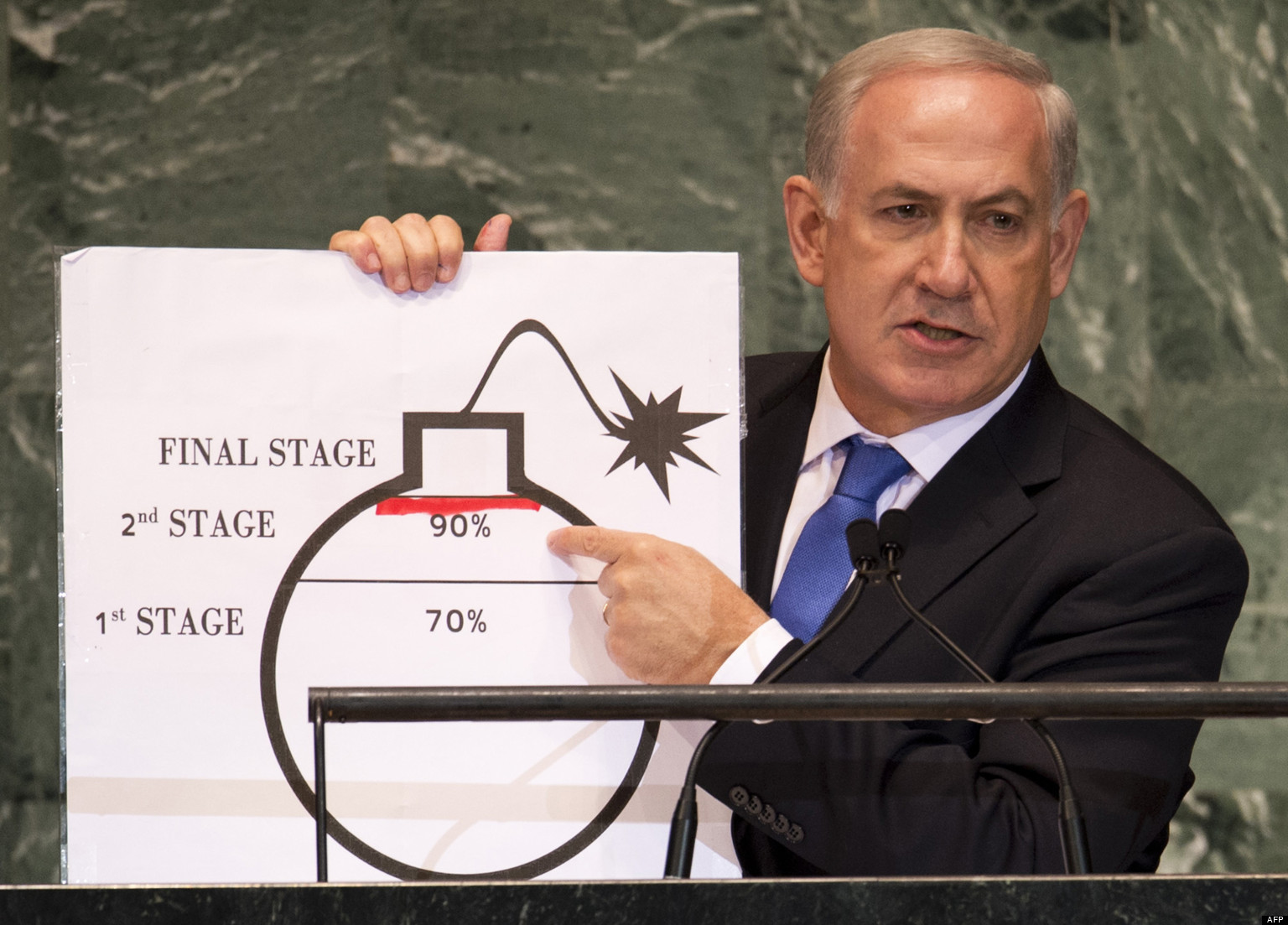
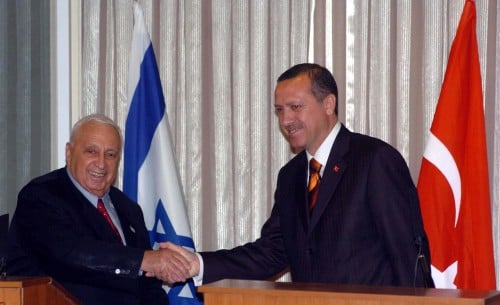 terror warfare along the Syrian, Iraqi, and Iranian borders.” (see
terror warfare along the Syrian, Iraqi, and Iranian borders.” (see 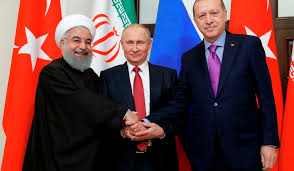 military and intelligence cooperation agreement as well as the Israel-NATO agreement (2003), constitute the foundations of the US-Israel-Turkey “Triple alliance” or what the Brookings Institute calls the US-Turkey- Israel Triangle.
military and intelligence cooperation agreement as well as the Israel-NATO agreement (2003), constitute the foundations of the US-Israel-Turkey “Triple alliance” or what the Brookings Institute calls the US-Turkey- Israel Triangle.






